Jongno Myeongtaedeokjang (종로명태덕장)
5.4Km 2021-03-20
9, Supyo-ro, 20-gil, Jongno-gu, Seoul
+82-2-771-9201
A restaurant tucked away in Jongno where you can eat spicy braised fish. This restaurant's signature menu is braised pollack. This Korean dishes restaurant is located in Jongno-gu, Seoul.
Olive Young - Gongneung Station Branch [Tax Refund Shop] (올리브영 공릉역)
5.5Km 2024-04-18
Store #104, B2, 74, Dongil-ro 192-gil, Nowon-gu, Seoul
-
Naru Arts Center (나루아트센터)
5.5Km 2021-02-09
76, Neungdong-ro, Gwangjin-gu, Seoul
+82-2-2049-4700
Naru Arts Center is a performing arts theater complex dedicated to contributing to the cultural and artistic development of Korea by offering a variety of quality programs. The arts center consists of a main 601-seat theater and a smaller 167-seat theater for staging performances of varied genres such as classical music, gugak (traditional Korean music), jazz, dance, musical show, and more. The center also makes efforts to develop quality educational programs in the field of culture and arts. Moreover, it keeps a low-price policy in order to reach a greater audience and provide more opportunities to enjoy fine performances.
Nagwon Bindaetteok (낙원빈대떡)
5.5Km 2021-03-19
3, Supyo-ro 22-gil, Jongno-gu, Seoul
+82-2-763-9515
This is a Korean cuisine located in Jongno, Seoul. An old restaurant located near Nakwon Music Mall. The best menu at this restaurant is mung bean pancake.
Cafe Orange (까페오렌지)
5.5Km 2021-03-19
96, Supyo-ro, Jongno-gu, Seoul
+82-2-2279-1220
A restaurant located near Tapgol Park. The best menu at this restaurant is coffee. This is a cafe located in Jongno, Seoul.
Neungnabapsang (능라밥상)
5.5Km 2021-03-22
42, Donhwamun-ro, 5-gil, Jongno-gu, Seoul
+82-2-733-9905
A place where you can taste North Korean traditional dishes run by a chef who was a North Korean defector. This restaurant's signature menu is boiled meat platter. This North Korean cuisine restaurant is located in Jongno-gu, Seoul.
Cook&Beer (쿠캔비어)
5.5Km 2021-03-22
108, Supyo-ro, Jongno-gu, Seoul
+82-2-765-1056
A place where you can enjoy various chicken dishes and Korean snacks. This restaurant's signature menu is fried chicken. This Korean dishes restaurant is located in Jongno-gu, Seoul.
Jongro Seolleongtang (종로설렁탕)
5.5Km 2021-03-19
110, Jong-ro, Jongno-gu, Seoul
+82-2-2271-3820
A restaurant selling Korean-style healthy broth-based dishes. The best menu at this restaurant is ox bone soup. This is a Korean cuisine located in Jongno, Seoul.
Chuseok Agricultural Specialty Products Seoul Market (추석 농수특산물 서울장터)
5.5Km 2024-09-04
12 Eulji-ro 11-gil, Jung-gu, Seoul
+82-2-2133-6658
Chuseok Agricultural Specialty Products Seoul Market is held at Seoul Plaza, providing Seoulites with the opportunity to purchase high-quality agricultural specialty products from across the nation in one location.
Jingogae (진고개)
5.5Km 2024-03-12
19-1 Chungmu-ro, Jung-gu, Seoul
+82-2-2267-0955
Jingogae is a standing store that opened its doors in 1963. Its signature dish is the eobok jaengban (boiled meat slices hot pot), where thick slices of meat are stacked along with vegetables, mandu, rice cakes, and eggs, all boiled together. In addition to this, they also serve dishes such as gejang jeongsik (marinated crab set menu), gopchang jeongol (small intestine hot pot), galbitang (galbi soup), and yukgaejang (spicy beef soup). The spicy and richly seasoned yangnyeom gejang (spicy marinated crab) is also a popular menu item, which when paired with rice, enhances its flavors even further.
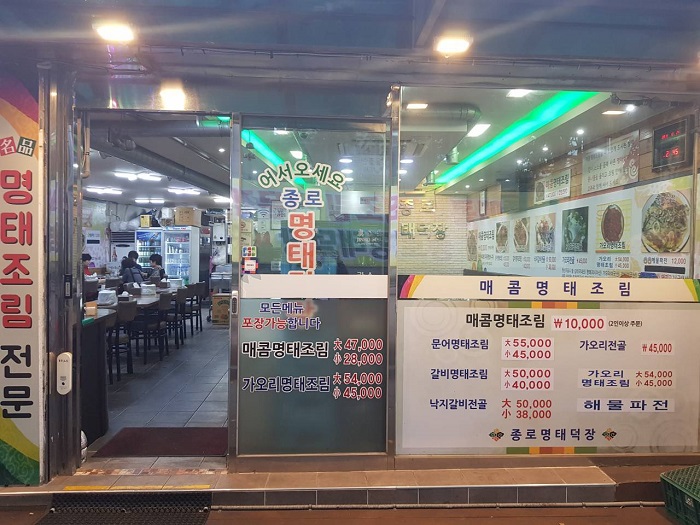
![Olive Young - Gongneung Station Branch [Tax Refund Shop] (올리브영 공릉역)](http://tong.visitkorea.or.kr/cms/resource/47/2889647_image2_1.jpg)
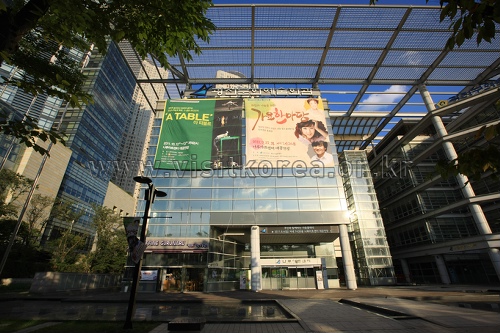
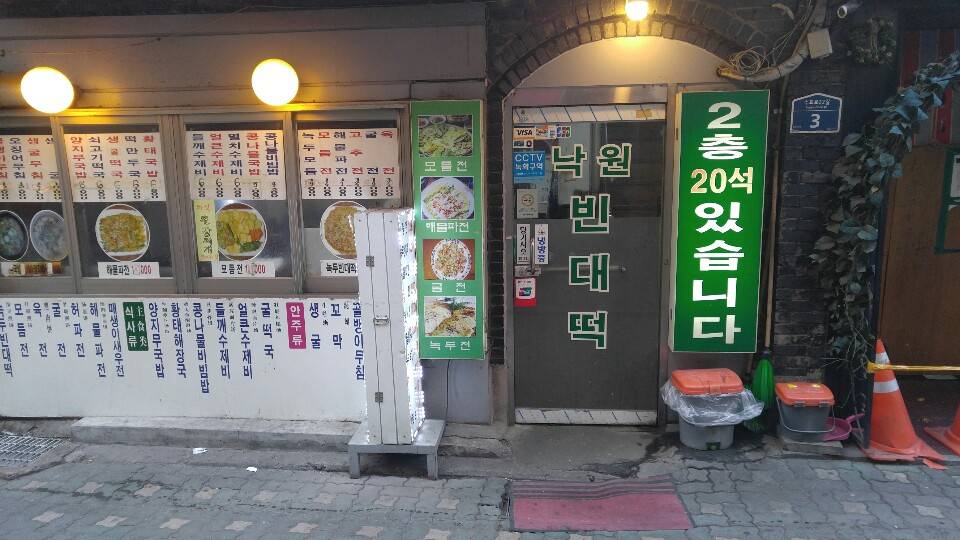
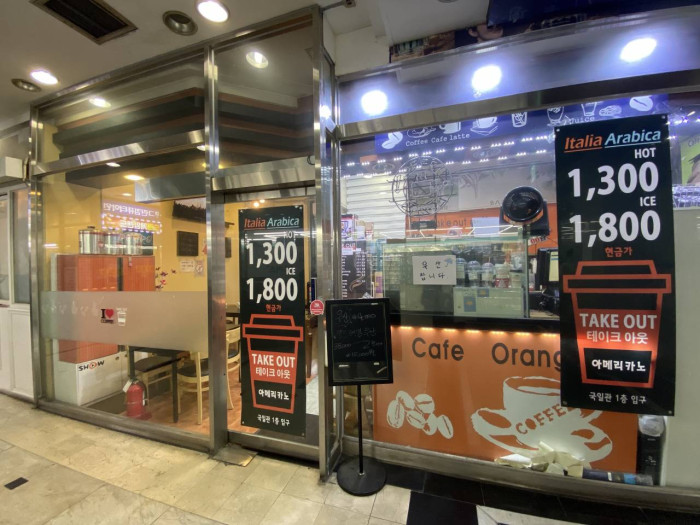
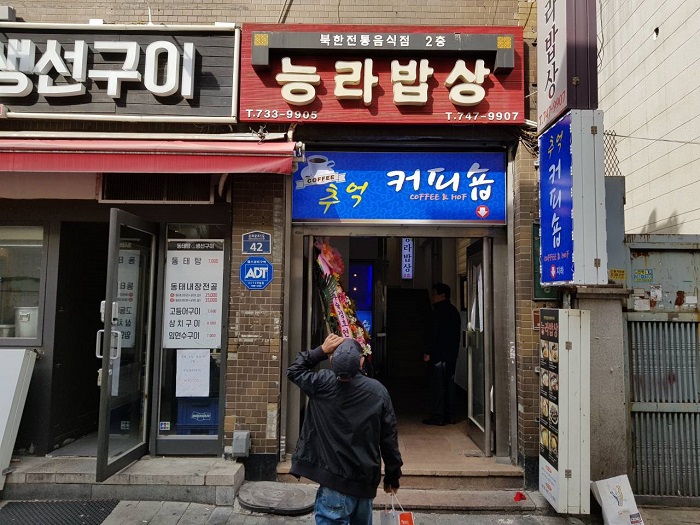
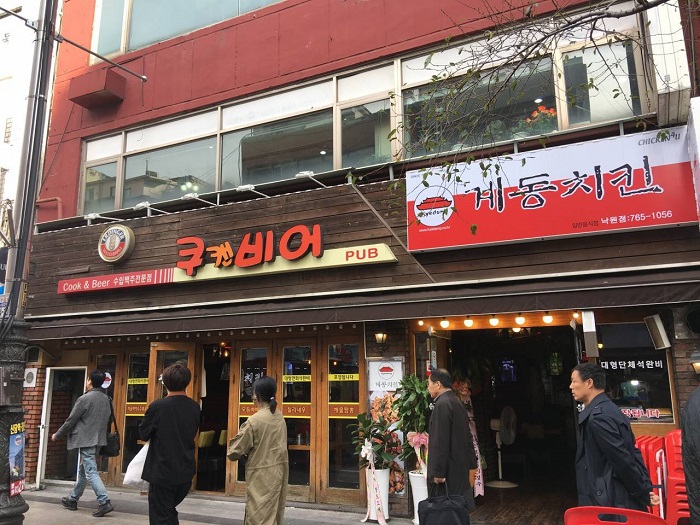



 English
English
 한국어
한국어 日本語
日本語 中文(简体)
中文(简体) Deutsch
Deutsch Français
Français Español
Español Русский
Русский